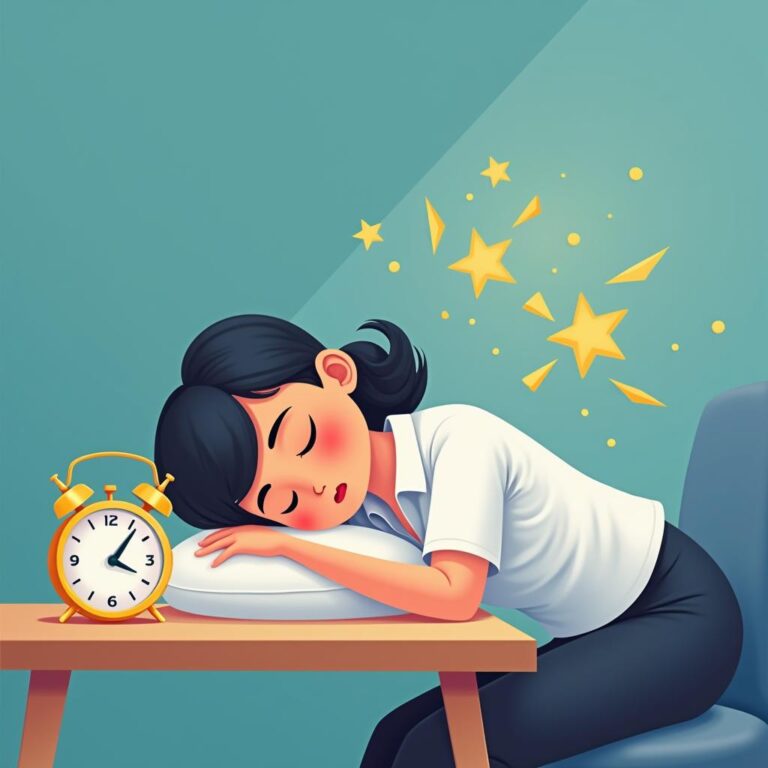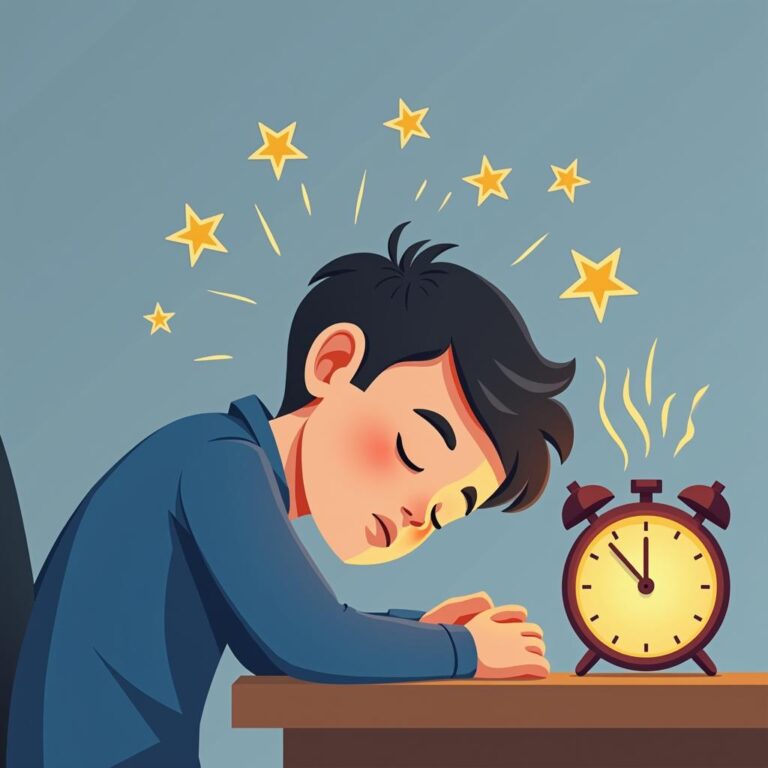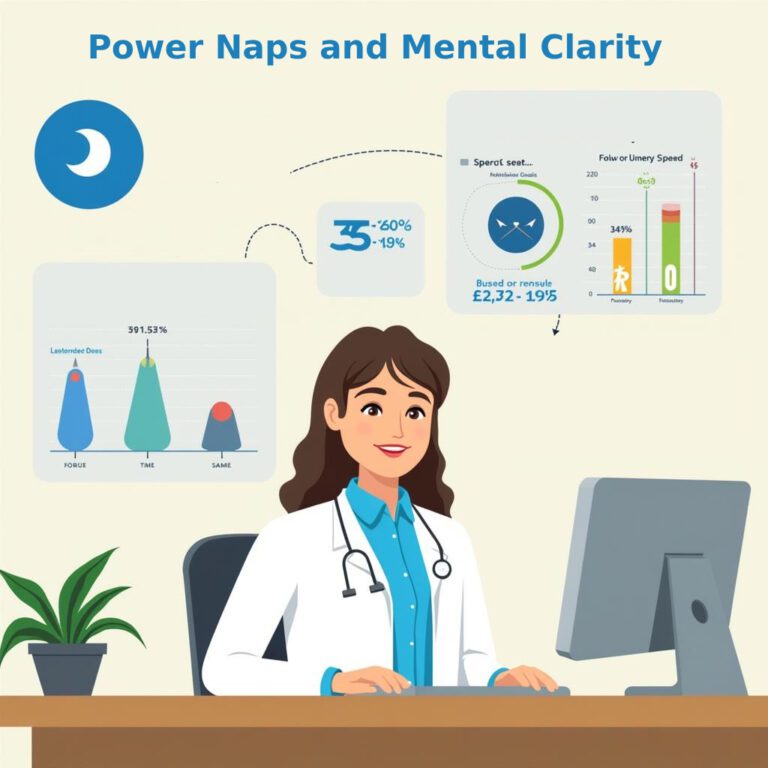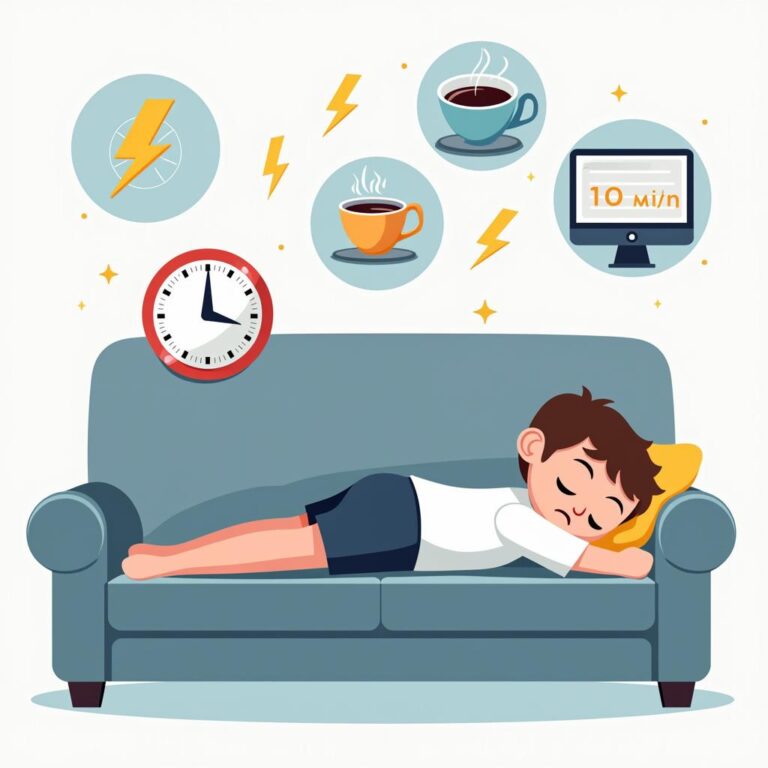In today’s fast-paced world, maintaining productivity throughout the day can be a challenge. One effective way to boost your energy and focus is by incorporating regular napping into your routine. But what is the best nap time for productivity? In this article, we will explore the optimal duration, timing, and benefits of naps to help you maximize your productivity.
The Science Behind Napping
Napping strategically can provide numerous cognitive and physical benefits. Research shows that brief naps can improve alertness, enhance performance, and even boost mood. When we sleep, the brain goes through critical processes that help consolidate memories and promote learning. The ideal nap can serve as a reset for your mind and body, setting you up for success in the latter part of your day.
Understanding the Ideal Nap Duration
The duration of your nap plays a crucial role in determining its effectiveness. Here are some common nap durations and their benefits:
- Power Nap (10-20 minutes): This short nap is perfect for a quick energy boost. During this time, you may enter the lighter stages of non-rapid eye movement (NREM) sleep, which is restorative without making you feel groggy. Power naps improve alertness and performance, making them ideal for a midday pick-me-up.
- Short Nap (30 minutes): A 30-minute nap can further enhance memory and cognitive function. During this period, you may hit the deeper stages of NREM sleep, leading to a bit of grogginess upon waking. However, it’s still a refreshing break, especially if you’re feeling sluggish.
- Long Nap (60-90 minutes): A longer nap allows you to complete a full sleep cycle, including deeper sleep stages, such as REM sleep. This can significantly enhance creative problem-solving and emotional resilience. However, waking up from deep sleep can leave you feeling disoriented, so it’s essential to plan when to nap carefully.
Finding the Right Time for Your Nap
Timing your nap is just as crucial as its duration. The following points consider how timing affects productivity:
- Mid-afternoon (1 PM – 3 PM): Most people experience a natural dip in energy levels during the early to mid-afternoon. This is often linked to the body’s circadian rhythms, which can lead to increased sleepiness post-lunch. Scheduling a nap around this time can be particularly beneficial for restoring focus and energy levels.
- Consistency is Key: For maximum productivity, consider establishing a regular napping schedule. By napping at the same time each day, you can train your body and brain to expect this rejuvenating break, ultimately improving the quality of your rest.
The Benefits of Napping
Incorporating napping into your daily routine offers numerous advantages that can enhance productivity:
- Enhanced Alertness: Short and consistent naps increase alertness by reducing fatigue. As a result, you’ll feel more energized and ready to tackle tasks efficiently.
- Improved Learning and Memory: Naps can help consolidate information, making it easier to recall later. This benefit is particularly significant for students or professionals engaging in complex tasks.
- Increased Creativity: The deeper stages of sleep, particularly REM sleep, can enhance creative problem-solving. Therefore, napping can help when facing challenges and needing a fresh perspective.
- Reduced Stress: Taking time out to nap can help lower stress levels by providing a mental break. This leads to improved focus and productivity once you return to your tasks.
How to Create the Ideal Nap Environment
For a successful nap, it’s crucial to create an environment conducive to rest. Consider the following tips:
- Choose a Comfortable Location: Find a quiet, comfortable, and dark place to nap. This might be a dedicated break room, your car, or even your office space.
- Control the Light: Darkness promotes sleepiness. Use an eye mask or blackout curtains to create a dark environment that maximizes your nap’s effectiveness.
- Set the Temperature: A cool room temperature between 60°F and 67°F (15°C – 19°C) is generally recommended for optimal sleep.
- Use White Noise: If you find it challenging to fall asleep, consider using a white noise machine or an app to block out distractions.
Common Myths About Napping
Despite the benefits, several misconceptions about napping persist:
- Napping is for the Lazy: Many productive individuals, including CEOs and high-achieving athletes, include napping in their routines to enhance performance.
- Naps Make You Groggy: While waking from deep sleep can lead to grogginess, short naps (under 30 minutes) typically leave you feeling refreshed and alert.
- Napping is a Waste of Time: This statement couldn’t be further from the truth. Napping can provide a substantial return on investment through improved productivity, alertness, and mood.
Conclusion
Incorporating naps into your routine can be a game-changer for maximizing productivity. By knowing the best nap time for productivity, you can harness the rejuvenating effects of napping while countering midday fatigue. Remember to create a conducive environment, choose your nap duration wisely, and be consistent in your practice. Soon, you’ll experience the remarkable benefits of napping that go beyond just a quick rest. Start reaping the rewards of a well-timed nap today and transform your workday for the better.







